As Hiroo Onoda said back in 1973, “Survival kits are literally the difference between life and death. I am glad I listened to Mad Duo -san.” This opinion was echoed (in English, not Japanese) by George Donner, who famously said “Better to have a survival kit and not need it than to need it and have to eat someone.”
Hopefully you never have to use a survival kit, but if you do need it you’re gonna want a good one – and you’re gonna be glad you have it with you.
Building the Ultimate Survival Kit, Part 3
Continued from Part One and Part Two.
In the last installment, we talked about different containers to build your survival kit around. Whichever vessel you choose, you are going to fill it with the maximum amount of useful gear as possible. With a larger kit, its easy to fill the container to the brim with overly redundant or heavy gear. Although it’s your own personal preference what you want to carry, keep in mind what the kit will actually be used for and what environments you will be carrying it in. If you live in the Pacific NorthWest, you will need a different kit than someone who lives in Phoenix. Alternatively, If you intend on building a “universal” type kit that will work in the widest range of environments your selection of equipment will be more basic. One type of kit that pretty much is as universal as it comes is edged tools.
First off, if you have the means of carrying a knife on a daily basis, you should. It’s exasperating to note the number of Soldiers and Cops and responsible citizens who fail to carry a blade in uniform or out and about. Equally unsettling is the number that only carry a knife on the job but not off duty. Whether you are John Rambo or Joe Shit the Ragman, everyone should have a good, sharp, dependable knife on their person as often as possible. Should you forget or lose your survival kit, it might be the only survival tool you have at your disposal. If you have retained your kit, you will have a much easier time using a full size blade over a smaller one out of your emergency reserve.
Lets just assume you failed to bring a knife, or you lost your primary blade along the way. One of the most important items you can put in your survival kit is a blade. This can be a small, simple folder, or just a piece of sharpened steel such as a surgical scalpel blade. Utility blades are cheep and razor sharp, taking up little space and weight. Several of these can be carried in your kit, and used for many cutting, scraping and intricate tasks. You can use the blade to whittle a simple wood handle, and lash the blade in for more (and safer) control.
There is also other blades which can be added to your kit, not just scalpel and utility types. A company called Havalon Knives makes fixed and folding knives which use replaceable stainless steel blades.
The replacement blades can be purchased and used to stock your survival kit. when using the kit in an emergency, you can lash them onto field-made handles and have a sturdy, long fixed blade. They come in several styles, to include a “hunter” style drop point, filet and bone saw which happens to be a great wood saw. These blades are relatively cheap, and are a great addition any survival kit.
Another thing to consider is adding some arrow heads to your survival kit. There are many types to choose from, but flat blades will fit your limited space the best. These arrow heads can be used to make knives, as well as a spear points in addition to being used for their intended purpose. Once again these are relatively inexpensive and can be found at your local hunting store. We are constantly scanning the shelves of hardware and hunting stores for blades which can be repurposed into our survival kits. The long and short of it is you’re only limitation is your imagination, just be sure its something that actually will work.
If your budget is tight, or you are crafty then you can always make your own blades for the kit. Sections of hack saw blade are great as strikers for ferrocerium rod fire starters. The saw blade can be used to create fine combustible shavings off fire starters set in magnesium blocks, as well as separating wood and bone. Taking a section to a bench grinder will give you a sharp edge, which will serve as a crude knife. You can fashion your own knife or scraping tool out of hack saw or small sawzall blades, or even steel blanks found at hardware stores.

collection of different tool you can put in your kit. Small folders, mini multitool, razors, needles, safety pins, arrowheads…its your call.
Since knives were one of early man’s most important tools, you will certainly need one to live his lifestyle of survival. Like fire, cutting tools are a must and should be added to your kit in redundance. Should one break, or go missing you will have spares to rely on. Knives and blades will be used to construct shelter, build fires, skin wild game, and fashion weapons for hunting. Early man made his first knives out of stone and flint, which is still practiced in primitive tribes to this everyday. Knapping flint cutting tools such as knives, axes and arrowheads is time consuming and hard if you haven’t practiced before. Set yourself up for success by having the gear you need at the ready in your kit!
Tune back in soon for Part IV of our series on Survival Kits.
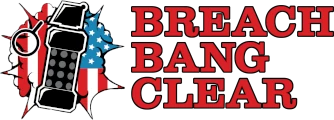
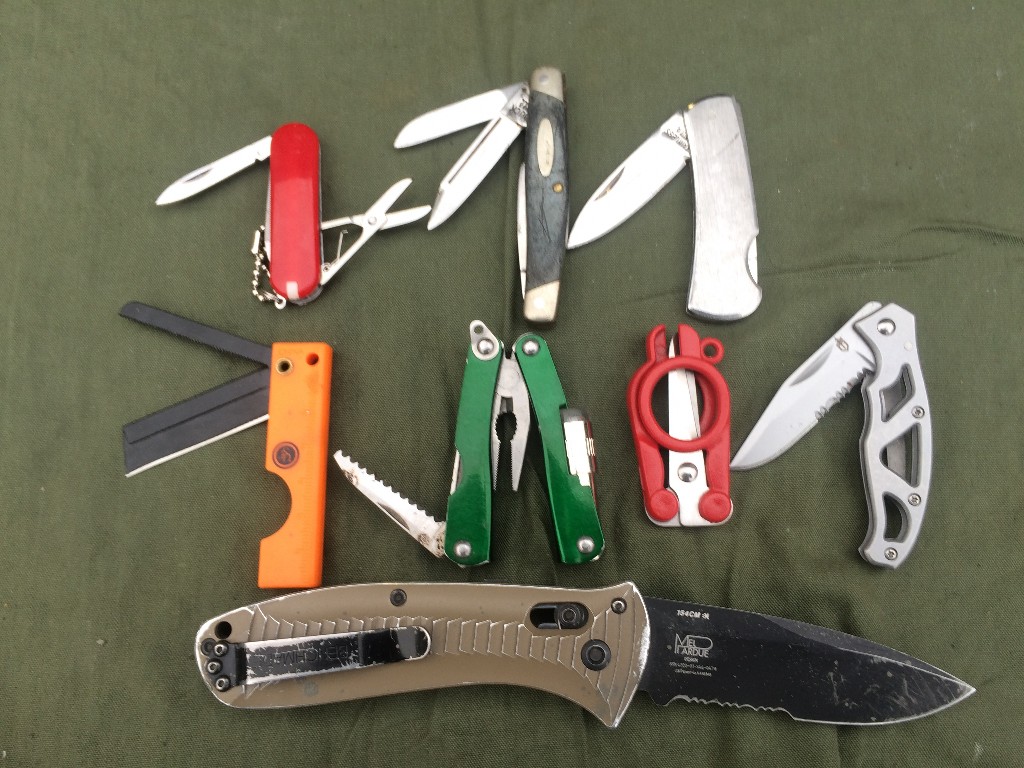


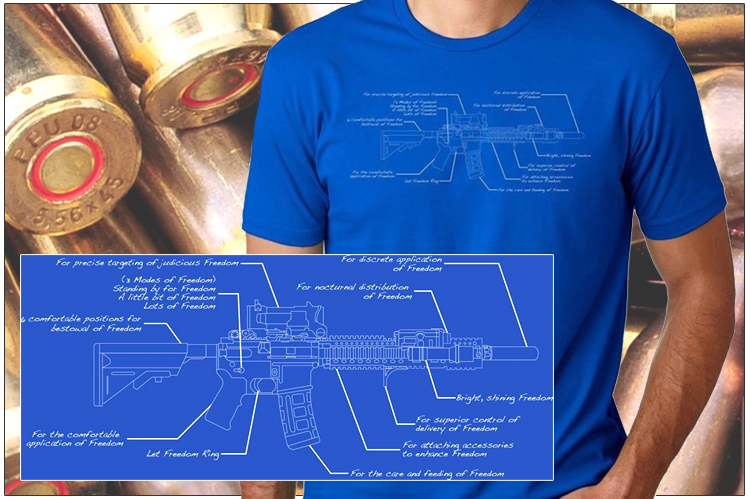
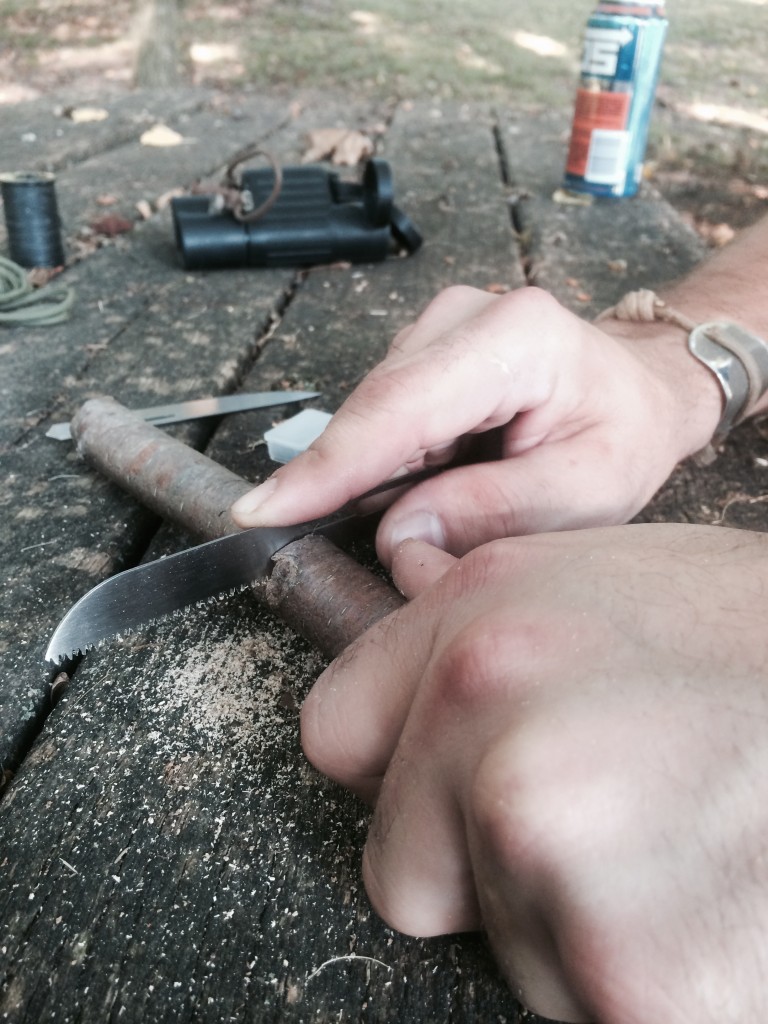
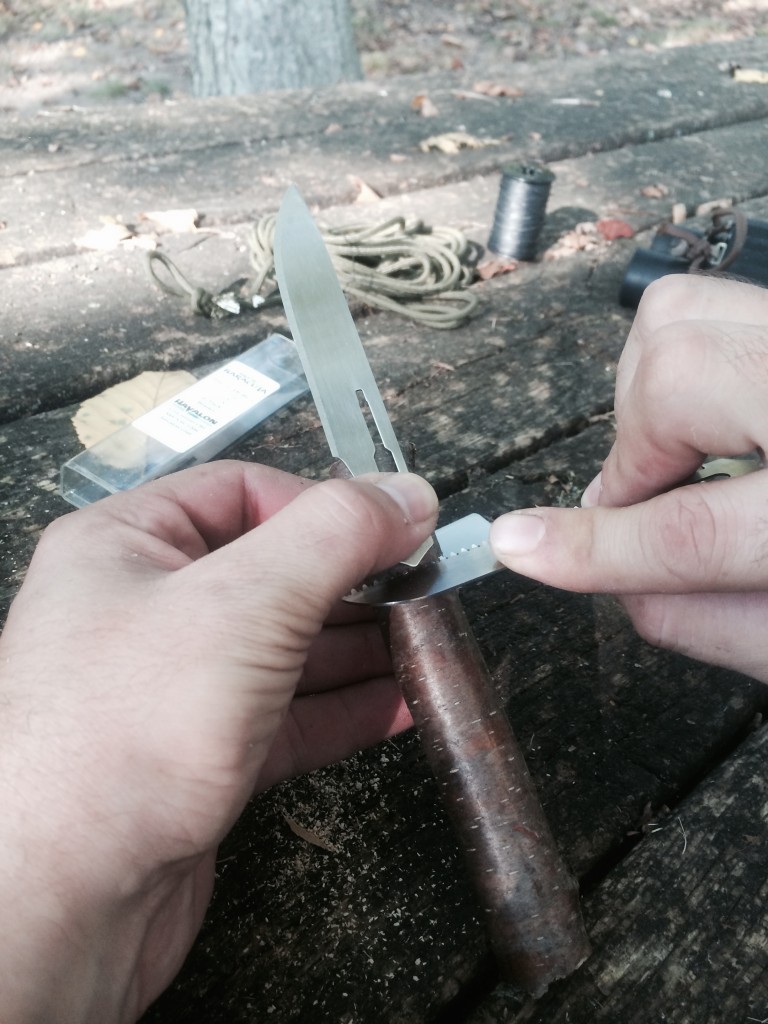

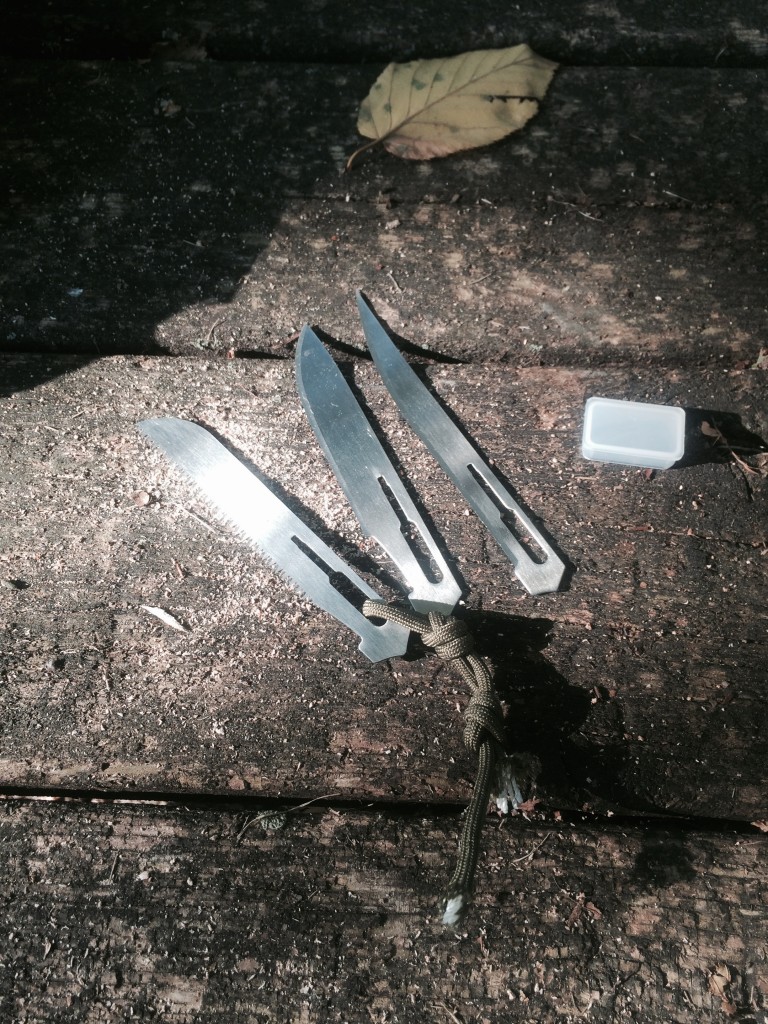
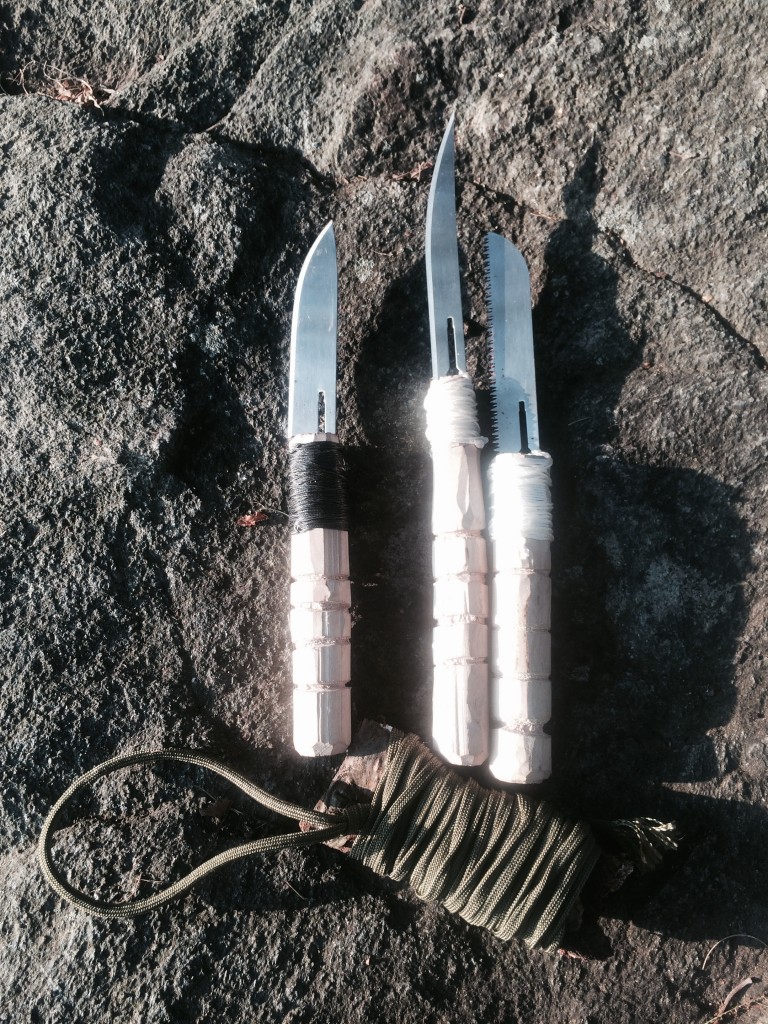
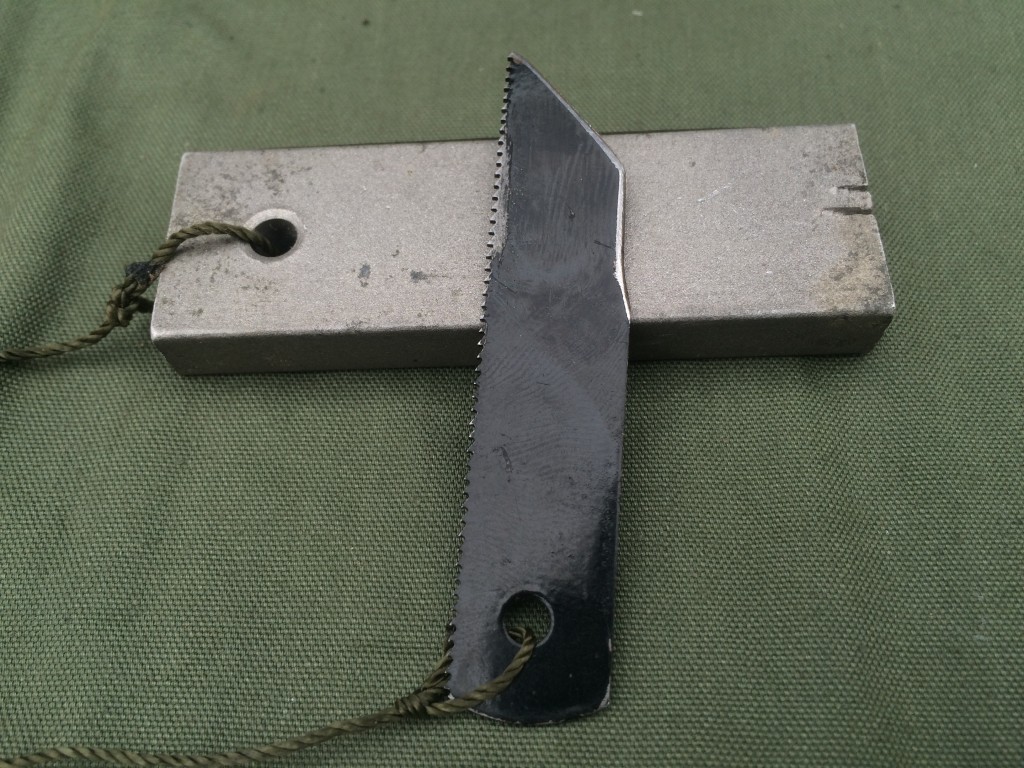




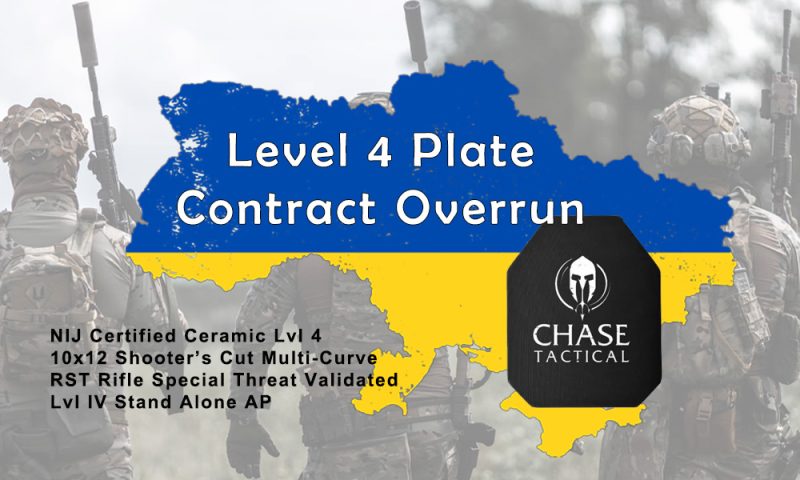



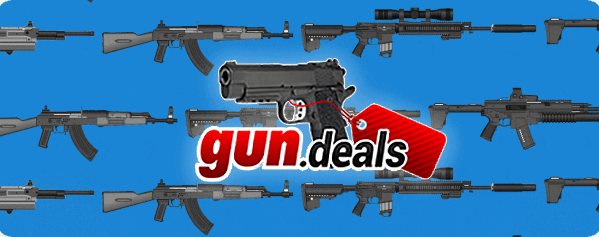
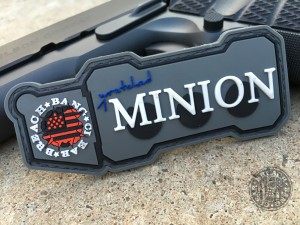
0 Comments